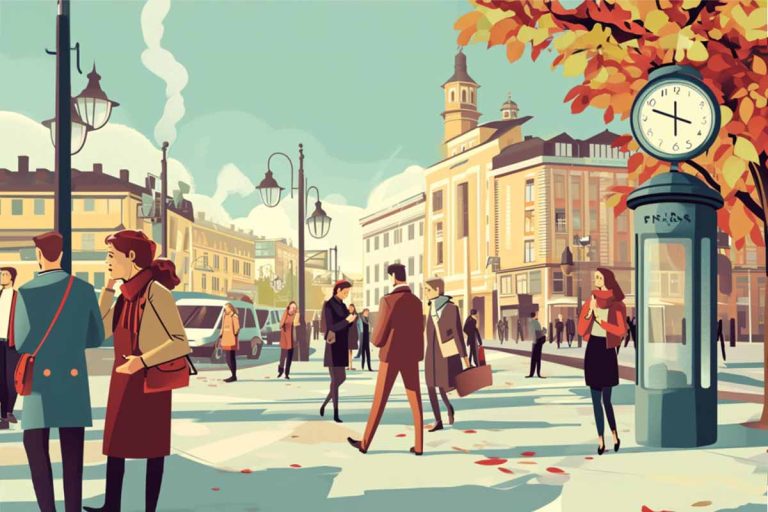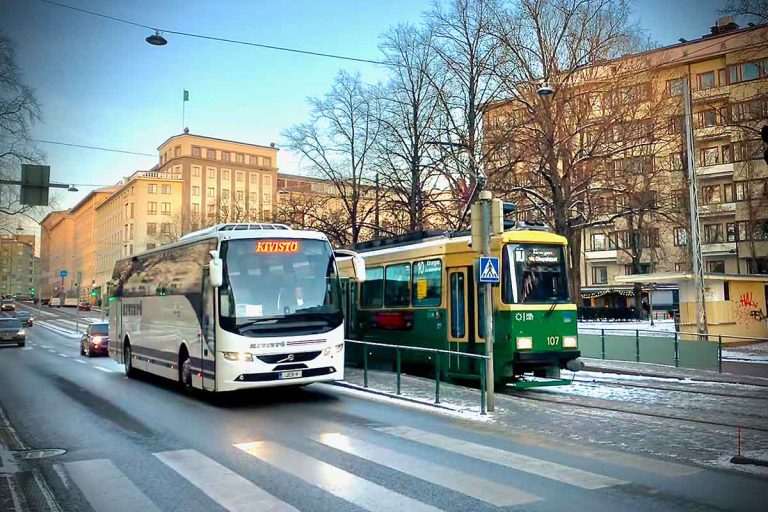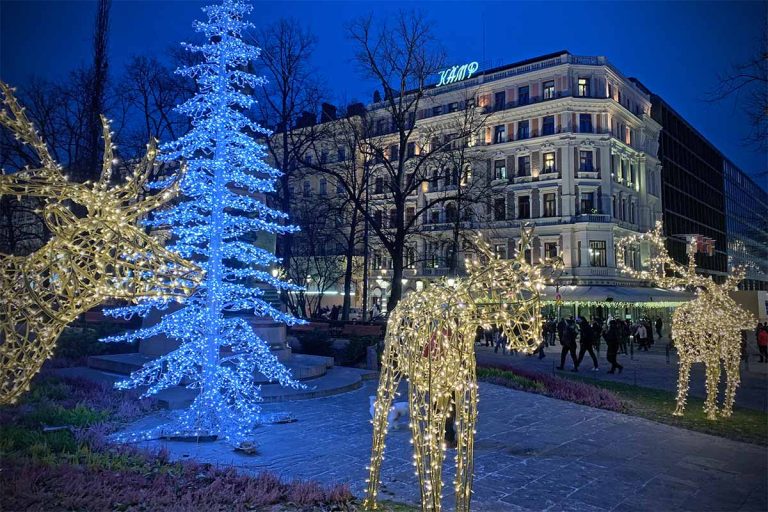The Best Times to Visit Helsinki – Seasonal Guide for Visitors
What to pack for a Helsinki? Weather in Helsinki and Finland can vary greatly throughout the year. So, remember to pack according to the season.
In this article we have some tips to help you plan your travel in different seasons.
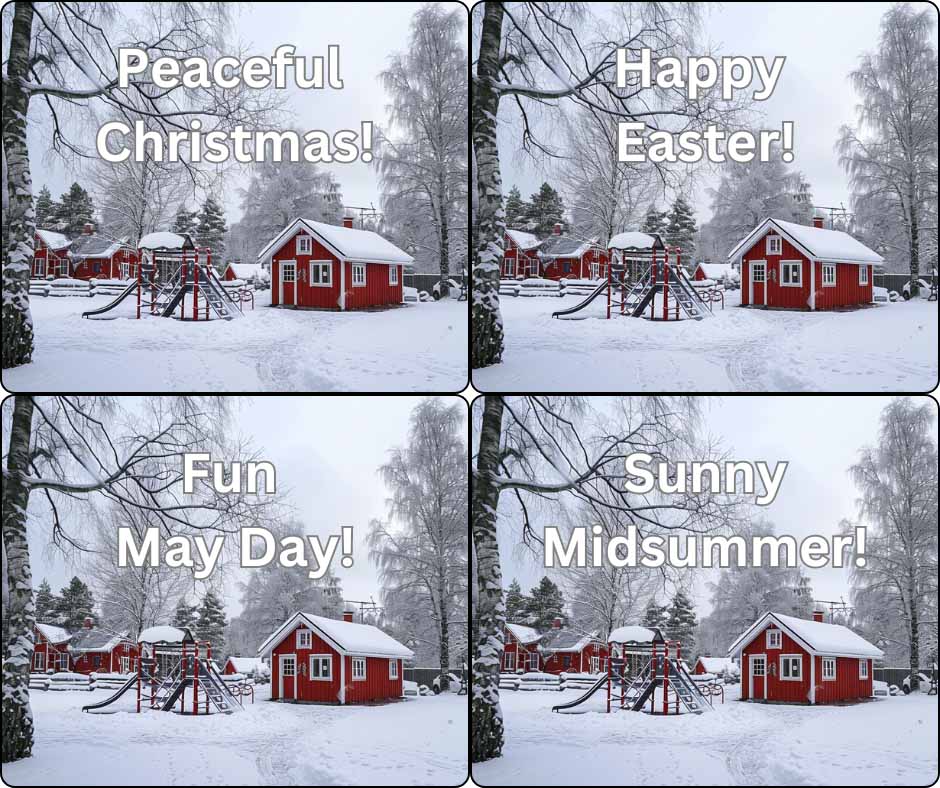
Winter (December to February)
In early December, temperatures usually stay around zero degrees Celsius. Days are really really short, daytime last only from 9 am to 3:30 pm, so we don’t see too much sun.
Unlike northern Finland, where there is always snow, snow in Helsinki is unpredictable and not guaranteed.
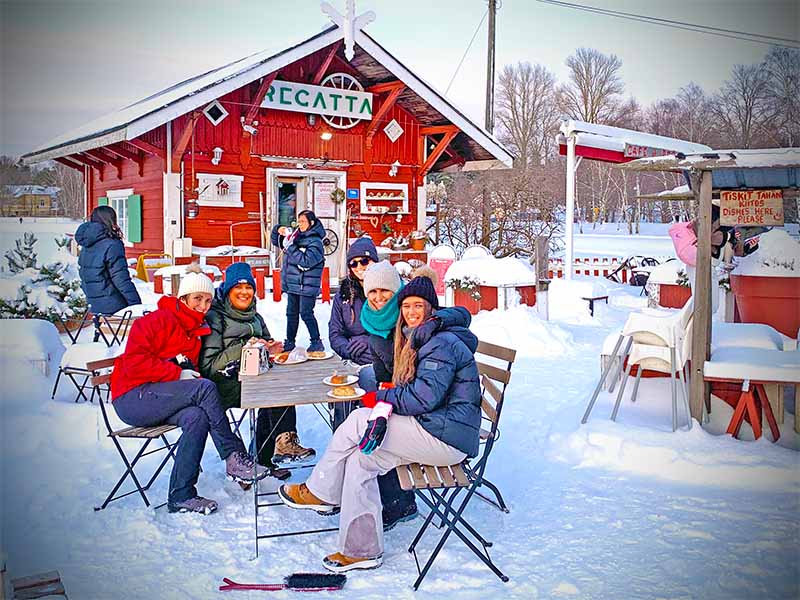
The worst is when the weather stays around zero, as it can rain and drip day after day after day.
We can’t count on snow in December, but we still have the Christmas markets to give some light.
Sometimes, huge snowfalls cover the city in white. But no need to worry. Public transportation works pretty well, even during snowfalls and cold temperatures. Delays can, of course, happen in extreme weather.
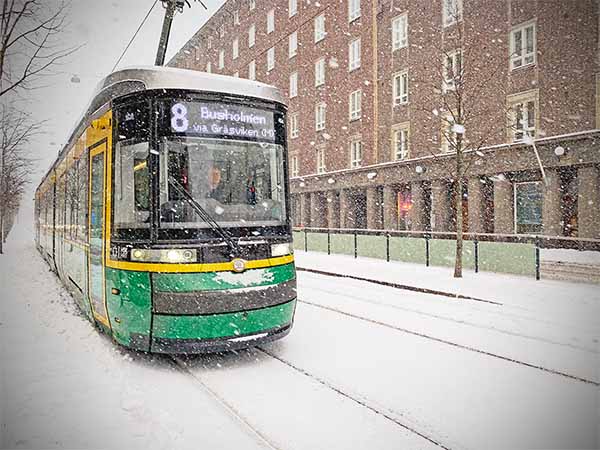
The coldest time of the year is typically at the end of January. The temperatures might drop even below -15°C.
If you have proper winter clothing, it is not a problem. Houses in Finland have good heating systems and insulation to keep them warm even in freezing temperatures.
Note that the lowest temperature recorded in Helsinki was -34.3°C in 1987. That is too much for locals also!
And if the weather is too bad, you can always visit the museums in the city center or shop in one of the many shopping centers.
For a winter trip, pack at least sturdy shoes. Pavements are often covered with slush, snow, or slippery ice (and sand to prevent slipping). When the snow and ice melt, the slush is not good for your shoes.
Although you can sometimes see the Northern Lights in Helsinki, they are really really rare and depend on cold weather. To actually see them, it is best to travel to northern Finland.
It is 1000 km from Helsinki to the northern part of Finland. In Helsinki, the temperature might be around 0°C, and at the same time, it can be -25°C in Lappland.
Here is a list of places to buy weather-appropriate gear in Helsinki.
Spring (March to May)
Spring in Helsinki is unpredictable. In March, it can be very cold with snowfall, or foggy days, or warm sunny days with cold nights.

Sidewalks can become slippery when the snow melts during the day, and freezes during night, making sidewalks feel like you are walking on an ice skating ring.
April is finally the month of longer days and warmer weather. But it is also known for variable weather conditions. Temperatures vary from zero to +15 degrees, and snowfall can occur even at the end of the month.

April also reveals all the sand and dust on the streets after winter. And the same debate continues every spring: How can the city be so slow to clean the streets?
At the end of April, we start eagerly checking weather forecasts. What will it be for the traditional May Day picnic at Kaivopuisto Park? Over the years, we have had everything on our picnic, from a light sleet to a sunny spring day.
May Day is a major public celebration in Finland, so everyone hopes for warm weather.
In May, temperatures can range from +5 or +10 at the beginning of the month to +25 degrees Celsius.

Summer (June to August)
From June through August, Helsinki experiences its warmest weather and longest days.
You can expect temperatures from 15°C to 30°C, the average being 18°C to 25°C.
At the end of June, the time between sunrise and sunset in Helsinki is 19 hours. And those few hours between midnight and early morning are not total darkness, more like twilight.
The long summer days are the best time for outdoor activities. You can make a day trip to Nuuksio National Park, close to Helsinki. Or you can cycle on the shores of Helsinki, and sail the archipelago. There are many outdoor events like the Tall Ships Race in June and music festivals like the Flow Festival in August.
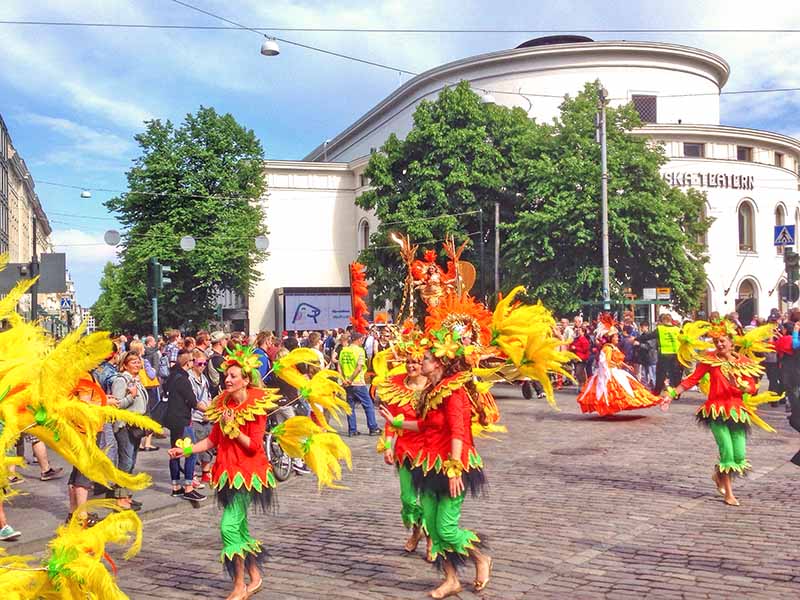
In Helsinki, the UV index is around 7 in midday in midsummer. In contrast, in Mediterranean countries, the UV index during summer can range from 8 to 10. The higher the index, the less time you can stay in the sun without burning. Note that if you go to the beach, you might need protection from the sun even when the temperature is not that hot.
Autumn (September to November)
The early autumn is generally pleasant, although the days get shorter way too quickly.
The cool autumn weather brings beautiful colors to the leaves. The colors are typically at their finest in the first week of October (a few weeks later than in Lapland).

The best place to admire the fall colors is probably Töölönlahti (Google Map: Töölö Bay). You can walk around the bay; it takes about half an hour.
Days become darker and rainier in late autumn. It is typical to have a week without a blink of a sun. It feels like the whole day is just gray, without colors, as leaves have fallen off at this time. Temperatures drop below zero in November. And the first snow might fall in November, but it doesn’t usually stay.
Conclusion
Helsinki and Finland have something to offer in each and every season. Understanding these weather patterns helps you plan and pack correctly and pick the best time to visit, so you get the most out of your trip.
Take the milder summer: it offers an alternative to the heat waves of southern Europe, and it is ideal if you are looking more temperate summer.
What about the cold winter months? If you are a winter-loving traveler, the colder season can be the best time for a trip to Finland. The weather is not a problem if you just dress appropriately with winter clothes and shoes, as locals do.
So, if you are visiting Helsinki, check the weather forecasts, and pack accordingly.
Average Monthly Temperatures in Helsinki
These temperature estimates are averages and may vary annually. Use this chart as a general guide for Helsinki’s temperatures throughout the year.
| Month | Average High (°C) | Average Low (°C) |
|---|---|---|
| January | -2 | -7 |
| February | -1 | -7 |
| March | 1 | -5 |
| April | 8 | 0 |
| May | 15 | 5 |
| June | 19 | 10 |
| July | 22 | 13 |
| August | 20 | 12 |
| September | 15 | 8 |
| October | 9 | 4 |
| November | 3 | -1 |
| December | 0 | -4 |



